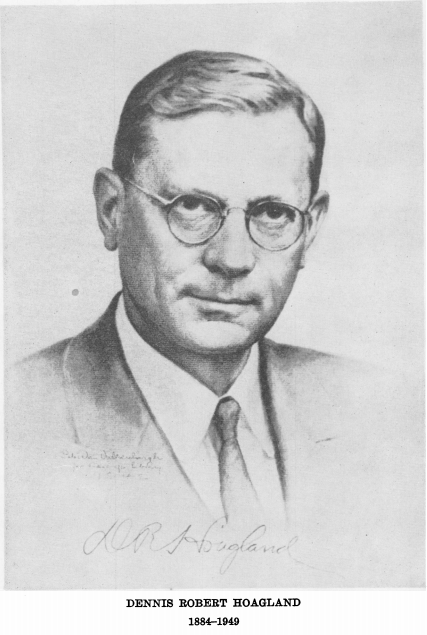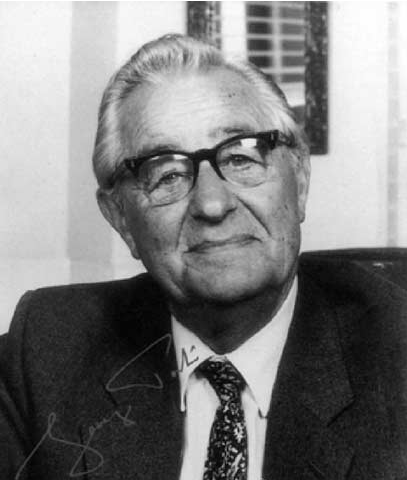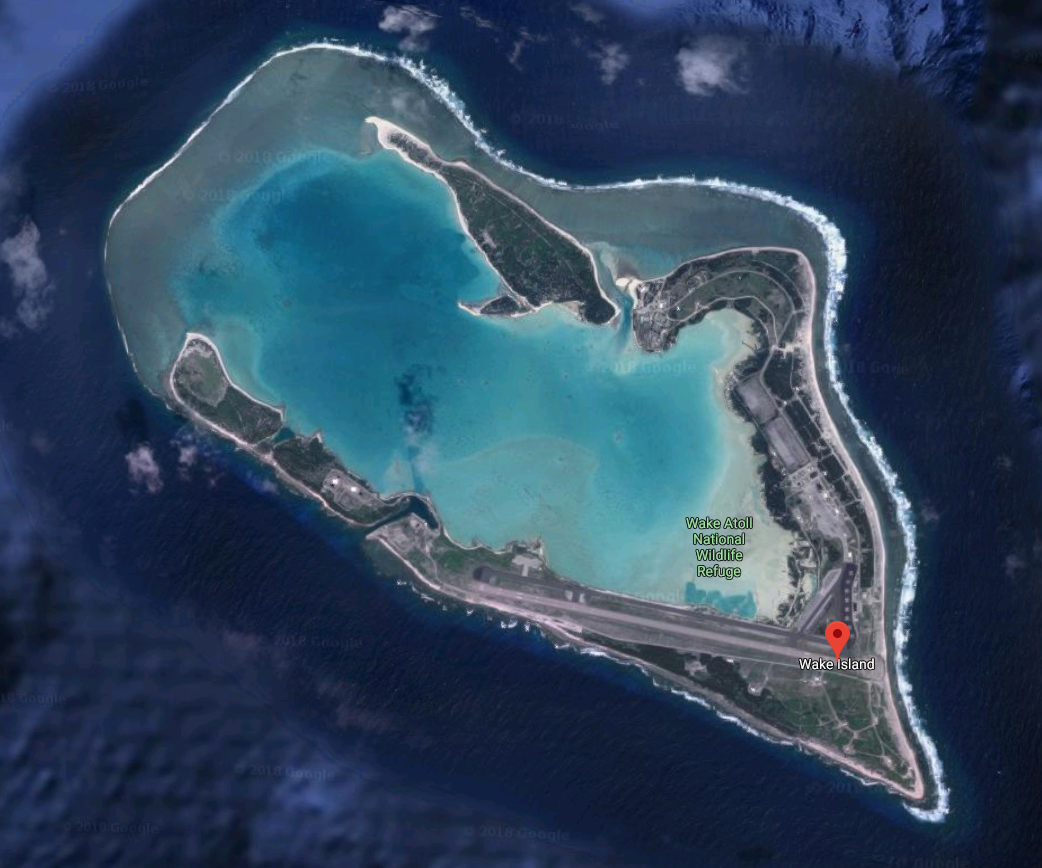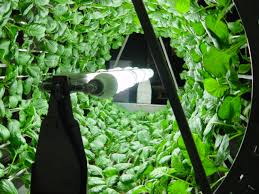In this Growers Network article, we explore the history of hydroponics as we know it. We did research into the many scattered claims around the internet, and found that other "histories" were not quite up to our standards.

If you have any questions related to hydroponics history, a correction to make (with citations), or any additional information you think this article would benefit from, feel free to comment below!
Table of Contents
- Interactive Timeline
- Early History (Pre-history to 500 BCE)
- Beginnings of Botany (500 BCE to 1000 CE)
- Middle Ages (1000 CE to 1400 CE)
- The Renaissance (1400 CE to 1700 CE)
- Age of Enlightenment (1700 CE to 1800 CE)
- Victorian Era (1800 CE to 1900 CE)
- World Wars (1900 CE to 1950 CE)
- Contemporary (1950 CE to Now)
- References
Interactive Timeline
Early History
From early civilizations to the dawn of philosophy...
 Chewing the bark of a willow tree provides effects similar to aspirin.
Chewing the bark of a willow tree provides effects similar to aspirin.Beginnings of Botany
500 BCE to 1000 CE
Initial attempts at understanding plants and how to control them...
 Theophrastus
Theophrastus- The first book attempted to categorize plants based on their properties. It also describes simple plant anatomy.
- The second book described plants changing into other species of plants if they are left alone. This is a typical error of Greek philosophers, who made assumptions about events occurring because they didn't observe a change.
- The third book described all wild trees growing either from seeds or from roots. This was in direct opposition to the prevailing theory at the time, known as spontaneous generation. Spontaneous generation states that life can come from nothing.
- The last 6 books discuss specific plants and their properties and uses.
Middle Ages
1000 CE to 1400 CE
While the Middle Ages weren't known for their advanced science, there were advancements...
 Dashing.
Dashing.- Rice paddies and other farms were regularly flooded, and Marco Polo may not have known this, thus considering it a floating garden.
- Traditional Chinese gardens include water features close to the roots of plants. Marco Polo may have seen this as a floating garden.
 What Marco Polo likely saw.
What Marco Polo likely saw.The Renaissance
1400 CE to 1700 CE
Logic and reason take root...
 An illustration of an Ondol, a traditional Korean form of underfloor heating.
An illustration of an Ondol, a traditional Korean form of underfloor heating.
Age of Enlightenment
1700 CE to 1800 CE
The scientific method is developed and employed, leading to great advances...

- Nitrous Air (Nitric Oxide, NO)
- Acid Air (Hydrochloric Acid, HCl)
- Alkaline Air (Ammonia, NH3)
- Dephlogisticated nitrous air (Nitrous Oxide, N2O)
- Dephlogisticated air (Oxygen, O2)
Victorian Era
1800 CE to 1900 CE
Peace, prosperity, and great wealth allow for further advancement...

World Wars
1900 CE to 1950 CE
Necessity is the mother of invention...
 Dr. Gericke's book. If so inclined, it is available on Amazon.
Dr. Gericke's book. If so inclined, it is available on Amazon.Contemporary
1950 CE to Today
What now? Exploring recent developments since the 50s.
- Nutrient Film Technique (NFT)
- Plastics
- Hydroponic Food Production
- Walt Disney's EPCOT Center Opens
- NASA and the ESA
References:
(2) http://www.pnas.org/content/108/20/8351
(3) https://www.dur.ac.uk/news/newsitem/?itemno=5773
(4) http://www.telegraph.co.uk/travel/advice/What-are-the-seven-wonders-of-the-world/
(5) http://www.anobii.com/books/Babylon/9780714111711/015ec1dc31a01505b2
(7) https://en.wikisource.org/wiki/1911_Encyclop%C3%A6dia_Britannica/Theophrastus
(8) http://aob.oxfordjournals.org/content/100/7/1441
(9) https://books.google.com/books?id=IUoMAAAAIAAJ&pg=PA156#v=onepage&q=selenite&f=false
(10) https://books.google.hr/books?id=x-PZdFbG6dEC
(11) https://www.britannica.com/biography/Jan-Baptista-van-Helmont
(12) http://www.cropsreview.com/van-helmont.html
(13) https://archive.org/details/experimentsobser01prie
(14) https://www.britannica.com/biography/Jean-Senebier
(15) http://www.cropsreview.com/jean-senebier.html
(16) https://www.britannica.com/biography/Nicolas-Theodore-de-Saussure
(17) https://www.jstor.org/stable/986146?seq=1#page_scan_tab_contents
(18) http://www.encyclopedia.com/topic/Julius_von_Sachs.aspx
(19) http://farmertyler.com/blog/hydrohistory
(20) http://www.worldcat.org/title/water-culture-method-for-growing-plants-without-soil/oclc/12406778
Want to read more about subjects similar to those touched upon in this article? Check out these articles:

Do you have any questions or comments?
Feel free to post below!

About the Author
Hunter Wilson is a community builder with Growers Network. He graduated from the University of Arizona in 2011 with a Masters in Teaching and in 2007 with a Bachelors in Biology.

 Artist's impression of the Hanging Gardens
Artist's impression of the Hanging Gardens Man liked his cucumbers.
Man liked his cucumbers. Selenite
Selenite Map of area near Tenochtitlan
Map of area near Tenochtitlan Artist's impression of Tenochtitlan
Artist's impression of Tenochtitlan What chinampas looked like
What chinampas looked like Jean Baptist van Helmont
Jean Baptist van Helmont A weeping willow tree.
A weeping willow tree. Woodward had a very distinguished wig.
Woodward had a very distinguished wig. Here is Jan Ingenhousz, seen with his enormous schnoz.
Here is Jan Ingenhousz, seen with his enormous schnoz. An illustration of Igenhousz's experiment.
An illustration of Igenhousz's experiment. Jean Senebier
Jean Senebier Saussure
Saussure Greenhouses were sometimes called "glasshouses."
Greenhouses were sometimes called "glasshouses." Napoleonic impressions were his favorite pasttime.
Napoleonic impressions were his favorite pasttime. Julius Von Sachs practicing his crazy eyes.
Julius Von Sachs practicing his crazy eyes.

 Wake Island
Wake Island Who left this golf ball here?
Who left this golf ball here?